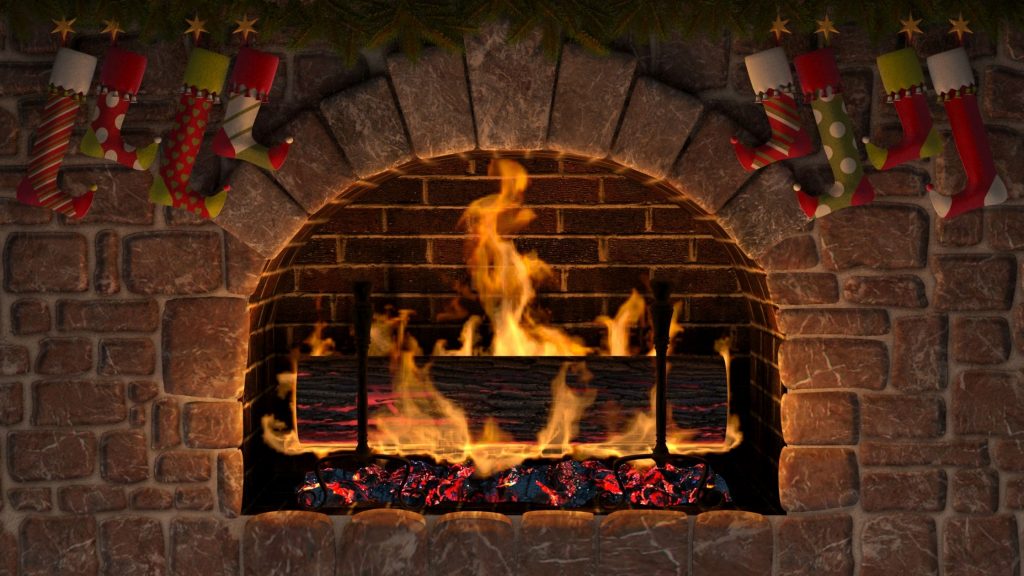The Yule Log
Gather ‘round the Yule Log and listen to a story…


To answer this question, we have to go back hundreds of years – before Christmas and Christianity.
This would have been something many of our European ancestors would have heard. Even today, we hear the term “Yule Log” in Christmas songs. There is even a specific channel on Netflix that features a crackling yule log with Christmas music.
Many may ask – what is a Yule Log?
It is no secret that many Christmas traditions were adapted from pagan traditions, usually based on or around the Winter Solstice (the shortest day – and longest night – of the year). The tradition of the Yule Log is no exception.
While the exact origin of the tradition is unclear, most agree that it started somewhere in Northern Europe. Most likely it was a Norse tradition, but some think it could be Anglo-Saxon or German.
In that part of the hemisphere, the Winter Solstice would have been very dark and very cold. Without central heating, every home would have depended on burning wood in their fireplaces to provide heat and light.
Legend says that the first yule logs consisted of a massive log or maybe even an entire tree. The trunk of the tree would be placed in the fire to give off lots of light and heat for twelve days. These twelve days were known as Yuletide.
Over the years, this tradition spread throughout Europe, resulting in different beliefs and uses. Some believed the yule log would prevent lightning strikes and fires in the home (ironically). Others thought the ashes from the yule log would bring about a good harvest next year.
Later, the tradition changed from burning an entire tree in the home to cutting the tree into chunks and burning a log each night for 12 nights. Then, with the coming of Christianity, the lighting of the log would be on Christmas Eve and only allowed to go out on Christmas Day. It was then meant to symbolize the light that guided the Magi to Jesus.
Different nations prefer different tree species for the yule log. The English use oak, the French prefer cherry, and the Scottish generally use birch.
What happened to this tradition?
While we hear references to the yule log around Christmas time, most people no longer celebrate this tradition. If they do, it is very different. Some will still burn a single log on Christmas Eve, whether in a fireplace or outside, but most don’t.
The loss of the yule log tradition is thanks to the invention of central heating. Most people no longer need to burn wood for heat or light during the shortest days of the year. Therefore, a tradition that proved useful in the past was no longer useful, so it faded.
Today, most of the yule logs you’ll see are ones you can eat! In France, Switzerland, and Belgium, they make cakes for Christmas that look like yule logs.






